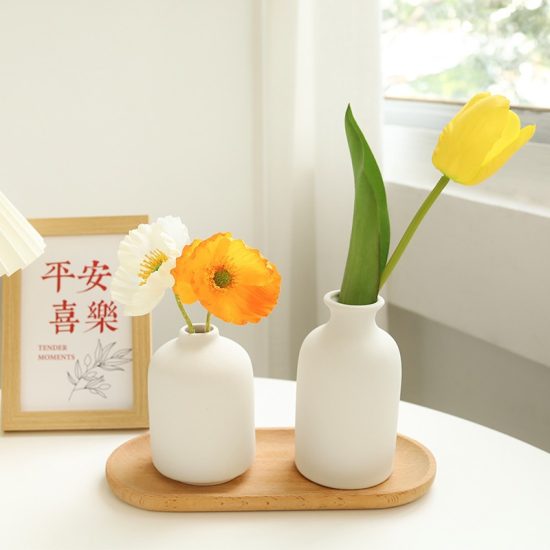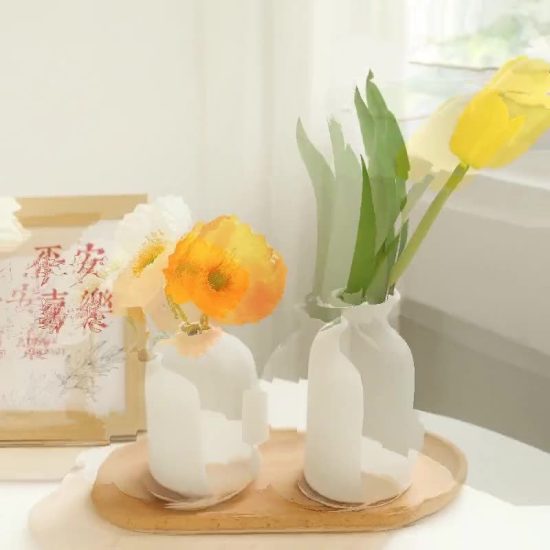Caring for your ceramic plates properly can help maintain their beauty and extend their lifespan. Here are some tips to care for your ceramic plates:
- Washing: Hand washing is generally recommended for ceramic plates, especially those with delicate designs or metallic accents. Use warm water, mild dish soap, and a soft sponge or cloth to gently clean the plates. Avoid abrasive scrubbers or harsh cleaning agents that can scratch or damage the surface.
- Stain Removal: If you encounter stubborn stains on your ceramic plates, create a paste of baking soda and water and apply it to the stained area. Let it sit for a few minutes, then gently scrub with a soft brush or sponge. Rinse thoroughly with water. Alternatively, you can soak the plates in a solution of warm water and vinegar or lemon juice to help remove stains.
- Avoid Extreme Temperatures: While ceramic plates are heat-resistant, it’s best to avoid subjecting them to extreme temperature changes. Avoid placing hot plates directly onto cold surfaces or immersing them in cold water immediately after use. Allow the plates to cool naturally or reach room temperature before cleaning or storing.
- Handling: Be mindful of how you handle your ceramic plates to prevent accidental drops or impacts. Hold them with care and avoid stacking them too high, as excessive weight can cause breakage. Use both hands to support larger plates when carrying them.
- Storage: When not in use, store your ceramic plates in a safe and secure place. Consider using plate dividers or soft padding between plates to prevent them from scratching or chipping. Avoid storing heavy objects on top of your stacked plates to prevent damage.
- Avoid Abrasive Surfaces: When serving or plating food, avoid using ceramic plates directly on abrasive surfaces like metal or stone countertops. Instead, use placemats, trivets, or table linens to protect the plates and minimize the risk of scratches or damage.
- Avoid Microwave and Oven Hazards: Check the manufacturer’s guidelines to determine if your ceramic plates are microwave or oven-safe. If they are, follow the recommended temperature and time limits. Always use oven mitts or protective gloves when handling hot plates.
- Regular Inspections: Periodically inspect your ceramic plates for any signs of damage, such as cracks, chips, or glaze wear. If you notice any issues, discontinue using the damaged plates, as they can pose safety risks.
By following these care tips, you can keep your ceramic plates in excellent condition and enjoy their beauty and functionality for years to come.


